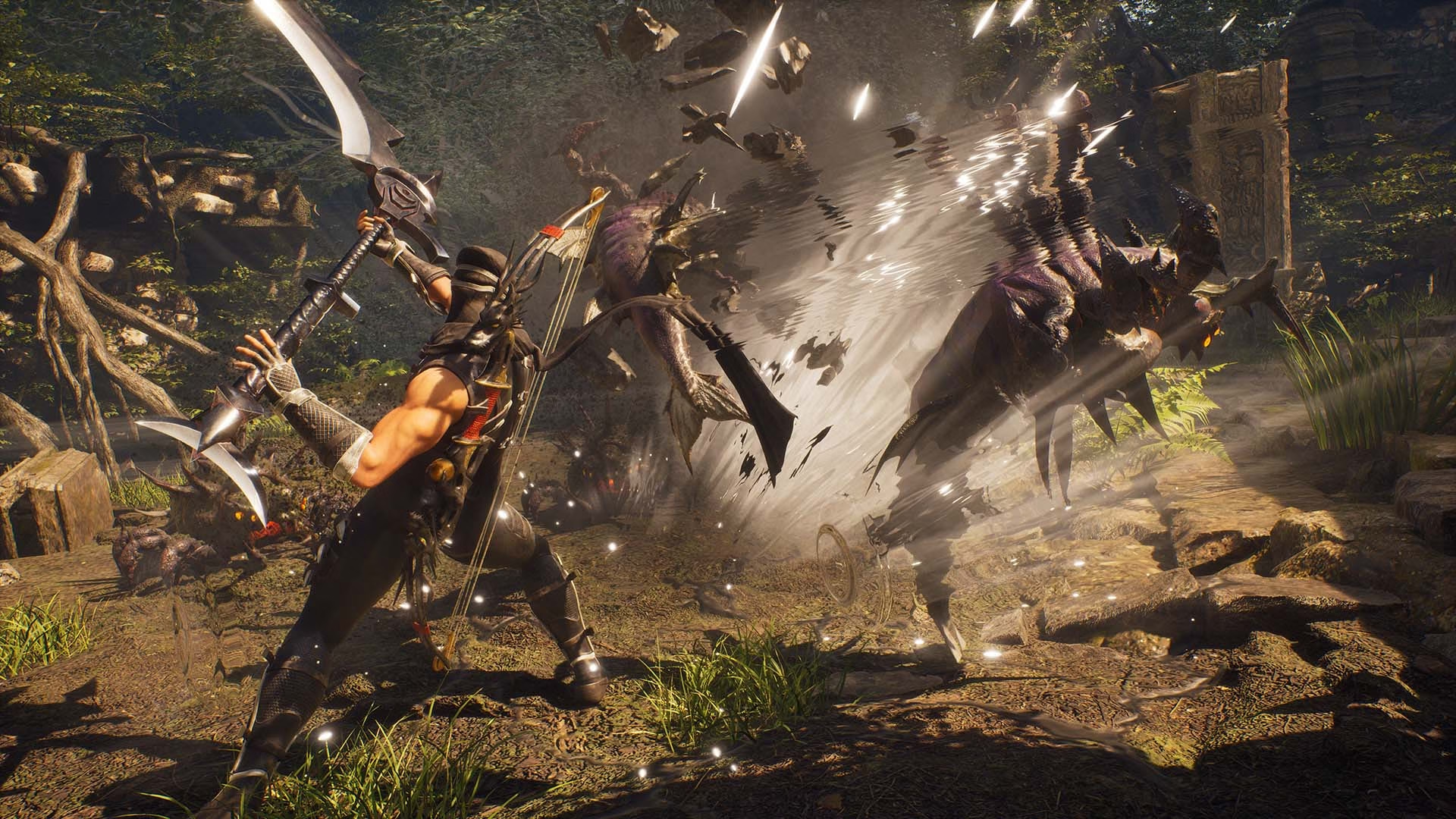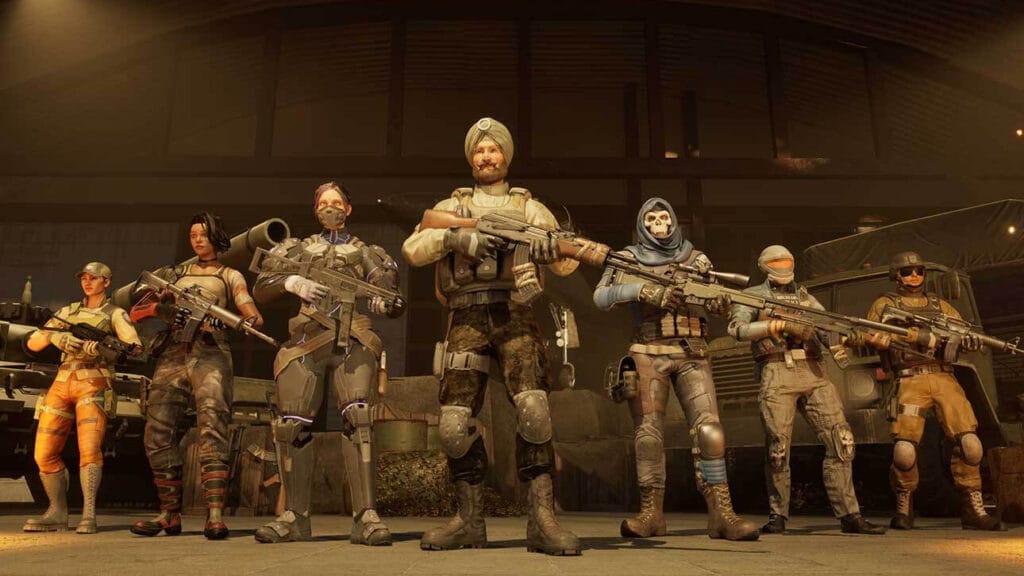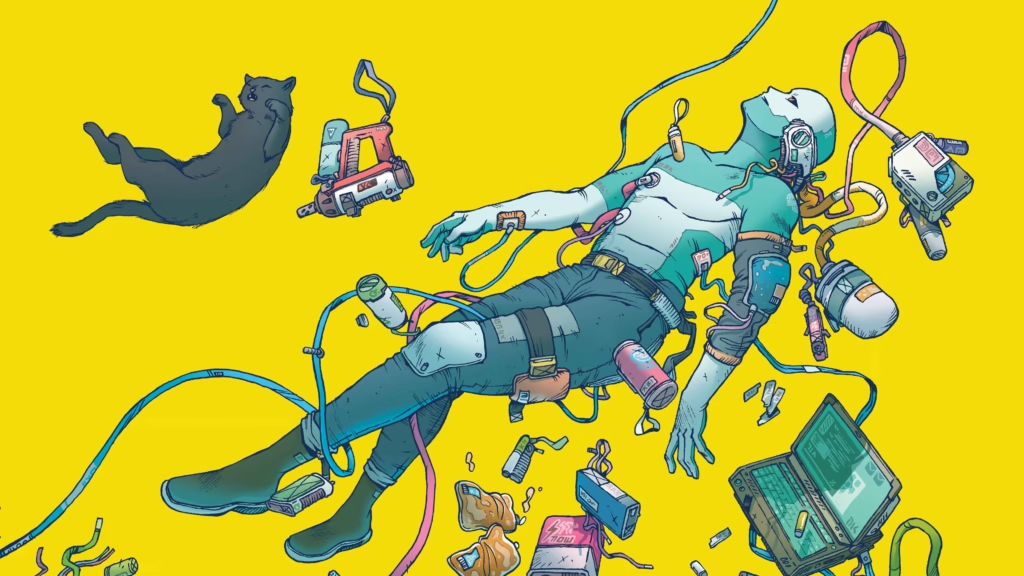By clicking the link that led you here, you’ve wittingly (or otherwise) subjected yourself to a dose of nostalgia. And what’s worse, it’s not even your own memories being played back in sepia tone, but someone else’s — mine. Now on with the show.
It was back in 2004 and during the last dregs of my dalliances with engineering at university (a long and wholly irrelevant chapter) that I first chanced upon Ninja Gaiden on the original Xbox. At the time, my quite limited experience with videogames meant the only real reference points I had for games like this were Devil May Cry and Onimusha. One of which is a gothic fantasy title and the other, a historical fiction injected with supernatural elements. Sure, both were action-adventure titles, but neither prepared me for the then-16-year-old Ninja Gaiden franchise’s first foray into 3D.
Amidst vivid recollections of making my way through a rocky canyon at the very beginning of the game (the purpose of which was to acquaint the player with traversal), I remember the first time I decapitated an enemy combatant. It didn’t feel as over-the-top as the violence in Devil May Cry, nor did it feel as basic, for want of a better word, as the fare on offer in Onimusha. There was definitely something more visceral about all the bloody goings-on in Ninja Gaiden.
Making my way deeper into the game, I took respite in the platforming puzzles — mainly because all the combat took so much out of me. It was precise, deliberate and snappy (the characteristics that would endear Sifu to me a couple of decades or so later), and there was no way of brute-forcing it with button-mashing. Technically, you could get away with that stuff in Devil May Cry and you didn’t really need to with the slower Onimusha. Attempting the much-maligned practice on Ninja Gaiden would earn you cheap thrills, but an early death… and the subsequent ridicule of your housemates (okay, maybe that only happened to me then), before one of them grabbed the controller for their turn.
The most enduring memory of that time and that game, however, was that I didn’t mind losing, returning to a checkpoint and trying to get past whatever enemy was in my way again. And again. And very often, again. What kept me compelled was the quality of gameplay — a combination of the weapons (therefore, fight styles) on offer, the level design, the enemy AI and the responsiveness of the controls. And a few days ago, I was reunited with this feeling with Ninja Gaiden 2 Black being shadow-dropped very soon after Microsoft’s Xbox Developer Direct 2025.
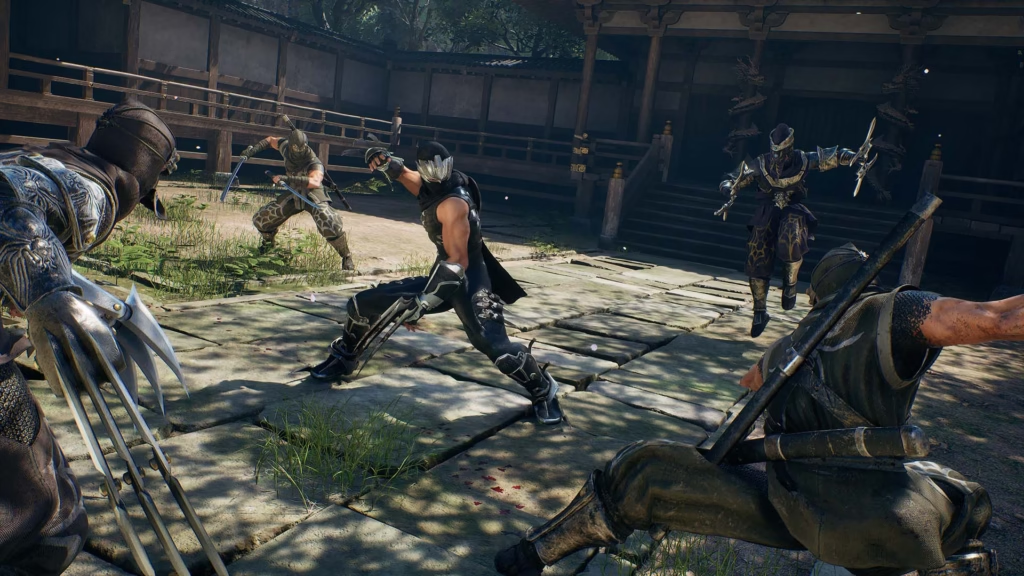
The 2008 Xbox 360 sequel to Ninja Gaiden had been remastered for PlayStation 3 in 2009 as Ninja Gaiden Sigma 2, and it came with some wholesale changes, including one incredibly dubious one. With Ninja Gaiden 2 Black, the spirit and content of the original have been restored, but it’s been blessed with much-improved graphics. As the promotional material states, “The game uses Unreal Engine 5 to significantly refine its graphics, enhancing everything from character visuals to environmental backgrounds. The stages, characters, effects, and lighting of Ninja Gaiden 2 have all been completely redesigned and remastered to fully immerse players in this somber ninja world.”
I don’t want to go too deep into the details since we have a full-fledged review on the way, but it felt comfortable to get back into the Ninja Gaiden swing of things. And atop that list is the snappiness of the action and extreme responsiveness of the controls. Sure, the actual walking around between combat and puzzle segments hasn’t aged particularly well (hell, it doesn’t even compare favourably to the first Yakuza game in its original non-Kiwami form), but try and play it as a fighting game instead of an adventure game and watch it shine.
Once again, as in 2004, it’s a tough ol’ game — something the developers have sought to address by including an easy mode that wasn’t around in the original version. Timing is important, but spatial awareness more so. The welcome absence of parry and roll mechanics (I don’t especially dislike the idea of parrying and rolling, but modern games of the genre lean way too heavily on them) means blocking, jumping and quick dodging are your best friends. That each of these can be augmented with some form of attack adds an additional dimension to your combat strategy when tackling the game’s vast gallery of foes.
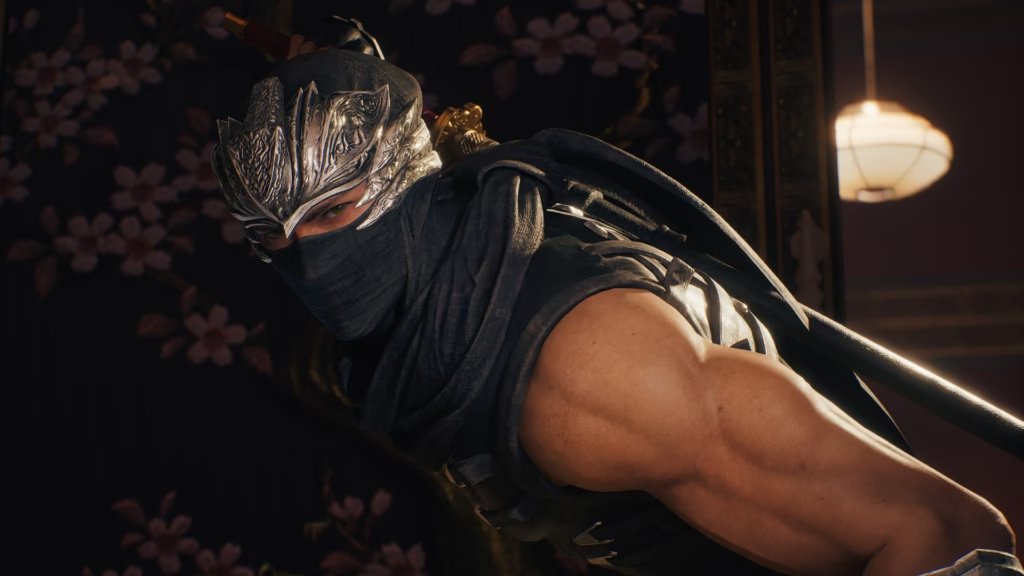
At the time of writing, I am about to begin the sixth chapter because the previous boss fight knocked a fair bit of stuffing out of me. And it was only after umpteen attempts and one stroke of luck that I managed to get past the twin threats of Black Spider Tengu Red and Black Spider Tengu Blue. Just as with previous boss battles, my first couple of attempts were spent trying to understand the enemy, their movements, their attacks, vulnerabilities and so on. The next few were devoted to putting together a plan. After a while, I began to recognise patterns and latch onto visual cues. Then it was just a matter of executing the blueprint constructed with all my findings.
You may well find yourself wishing at this time to stop me in my tracks and ask why then do I disparage From Software games so much. It’s a good question, since over the years I’ve gravitated towards other ‘difficult’ action-adventure titles like the aforementioned Sifu, Stellar Blade, and Nioh. When it comes to ‘gitting good’, I enjoy the motivation that snappy action and responsive controls coupled with a riveting storyline provide. And the simple answer is that I just haven’t thus far found the process of figuring things out as much fun in From’s games. Now, if you’ll excuse me, it’s time to get on with the sixth chapter and all the learning-by-failing it has to offer.
PS: I did say ‘thus far’ above. So maybe after I’m done with Ninja Gaiden 2 Black, I’ll give Elden Ring another go. Perhaps it’s time to stare its ugly-as-sin enemies straight in their 47 eyes and introduce them to the pointy end of my blade… on the umpteenth attempt, of course.
